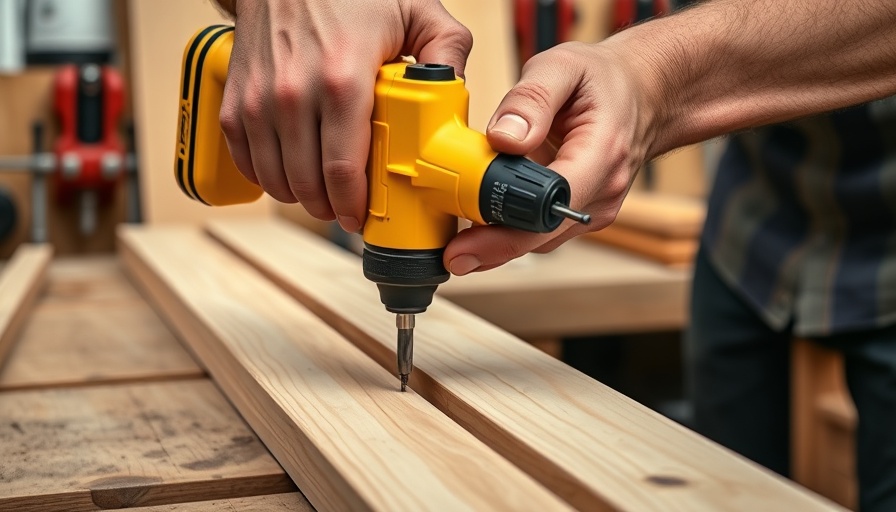
Master Your Tool: The Essential Guide to Drill Bits
When embarking on a DIY project, having the right tools is as vital as the vision you have in mind. One of the most indispensable tools in any workshop is the drill. But did you know that the success of your drilling project often hinges on selecting the appropriate drill bit? Understanding drill bits and their materials can elevate your skills from amateur to pro.
Diverse Drill Bit Types for Every Task
Drill bits come in various types, each designed for specific tasks. Here’s a brief overview of some common types:
- Twist Bits: Ideal for general-purpose drilling in wood, plastic, and metal.
- Spade Bits: Perfect for making large diameter holes in wood quickly.
- Forstner Bits: Great for precise holes and flat-bottomed holes in woodworking.
- Masonry Bits: Designed for drilling into brick, stone, and concrete.
- Step Bits: Useful for creating holes of varying sizes in thin materials.
What Material Should I Choose?
The material of your drill bit significantly impacts its durability and effectiveness. Here’s a look at some common materials:
- High-Speed Steel (HSS): Offers good durability and is suitable for general use.
- Cobalt Steel: More robust than HSS, making it ideal for cutting harder metals.
- Tungsten Carbide: Extremely durable, suitable for drilling into tough materials such as concrete.
Achieving Precision: Tips for Better Drilling
To tackle your projects effectively, consider these essential tips:
- Choose the Right Speed: Different materials require different speeds. Higher speeds work better for softer materials, while lower speeds are more effective for harder materials.
- Use the Right Pressure: Applying consistent pressure ensures effective drilling. Too much pressure can damage the drill bit.
- Keep Bits Sharp: Using sharp bits reduces effort and prevents overheating.
Common Mistakes to Avoid
Even seasoned DIY enthusiasts can miss some pitfalls while drilling. Here are common mistakes to watch for:
- Ignoring the Material: Not matching the drill bit to the material you're working with can lead to frustration and poor results.
- Overheating Bits: Take breaks to cool down your bits if drilling into dense materials.
- Lack of Marking: Failing to mark your drilling points can lead to misalignment.
Looking Forward: Future Trends in Drilling Technology
As technology evolves, so do our tools. Electric drills are becoming increasingly efficient with the rise of cordless options, making drilling more accessible than ever. Innovations in drill bit materials continue to enhance durability, allowing DIY projects to thrive without the worry of equipment failure.
As you tackle your next DIY task, remember that mastering the right drill bit and technique can transform your experience, making it effective and enjoyable. Whether you’re hanging a picture or constructing a piece of furniture, being equipped with this knowledge will set you on the path to success!



Write A Comment